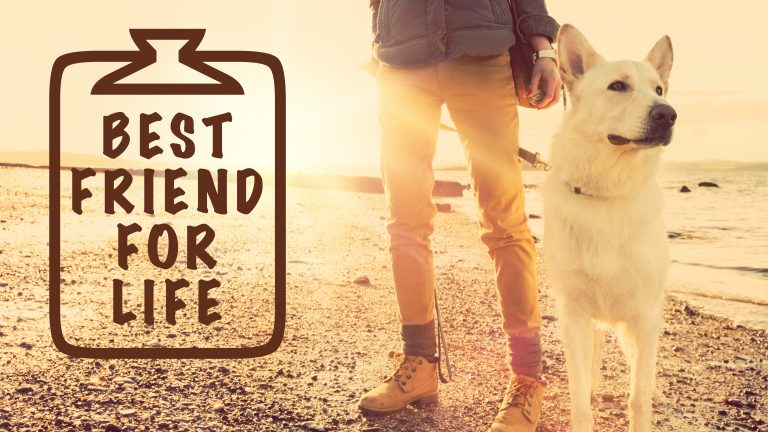Understanding the Mechanics, Options, and Outcomes
Gary Richter, MS, DVM, Holistic Veterinary Care, Oakland, CA
Within the realm of medicine, few terms elicit as visceral a response as “cancer.” The dreaded disease often strikes unexpectedly and is life threatening.
What is Cancer?
Cancer is a disease where cells reproduce inappropriately leading to tumor formation. While the unregulated replication of cells is an undisputed hallmark of cancer, the origins of the disease are less clear.
There is disagreement amongst researchers regarding the malfunction occurring within cells that leads to their transformation towards cancer. The details of these conflicting theories could (and do) fill textbooks. In brief, most research and cancer drug development focuses on the theory that errors in DNA and gene replication lead to cellular malfunction and cancer. Most chemotherapy and radiation therapy is based on this foundation.
Alternatively, some researchers view cancer as a malfunction of a cell’s ability to generate energy. This theory, known as the Warburg Effect, takes a very different view towards the origins of cancer and thus proposes different treatment options. Therapy based on the Warburg Effect focuses on suppressing cancer through starving the abnormal cells of energy and exploiting their weaknesses.
Therapeutic Options for Cancer
There are two stages of cancer treatment. For those cancers that arise as a solid mass, the first step is removal of the primary tumor. Most commonly this is achieved through surgery. Surgical removal of cancer remains a vital and effective means of control. Many cancers can, in fact, be “cured” through surgical intervention.
The second stage of cancer therapy is controlling metastasis. Metastasis is the term used to describe cancer cells that migrate or spread through the body to distant sites. The term “malignant” is used to describe cancer that has metastatic behavior. By definition, benign tumors do not metastasize. This is a key point in cancer therapy since 80% of people who die from cancer will die from metastasis and not from their primary tumor. Controlling metastasis is the key to cancer survival for most patients with malignancies.
For those cancers that cannot be completely removed surgically or have a high potential to metastasize, chemotherapy and radiation are considered the standard of care in veterinary medicine. The efficacy of these treatments varies based on the disease and how well the patient tolerates therapy. Pet owners facing decisions regarding chemotherapy, radiation, and/or cancer-related surgery would be very well served by consulting with a board certified veterinary oncologist. Even if you decide against these therapies, having all of your questions and concerns addressed by a highly trained specialist is time well spent.
In addition to the standard conventional methods mentioned above, nutritional and herbal therapies, acupuncture, and other holistic modalities have a very legitimate role in the treatment of cancer patients. There are more than a few natural compounds that have well documented anti-cancer effects. Mushroom polysaccharides, IP-6, Curcumin, high doses of Vitamins A, D, and C are just a small sampling of the compounds that can have anti-cancer properties. The goal of these therapies is to support the body as a whole organism. Through the use of appropriate natural supplementation, we improve immune system function and the overall sense of well-being. In many cases, we are able to increase both quality and quantity of life with these modalities.
Conventional cancer therapies and complementary care are not mutually exclusive. The integration of therapies is often the most beneficial for patients. Such integration requires a high level of knowledge on the part of the attending veterinarians in order to avoid potential negative interactions between therapies. Cooperation between the oncologist and the holistic practitioner is crucial for successful outcomes.
Philosophy, Finance, and When to say Goodbye
When treatment options have been exhausted and quality of life is declining, difficult decisions surrounding euthanasia arise. Evaluating levels of pain and discomfort, as well as the pet's day-to-day enjoyment, are often large parts of the decision-making process. Ultimately, the final decision lies in the hands of the pet’s family. Providing our beloved pets with a “soft landing” is the last, best favor we can do for them. They deserve it.
Caring for a pet with cancer is a road no one really wants to travel. Advances in care and the availability of effective complementary and alternative options provide us with therapies that can often extend quality/ quantity of life and many times even cure cancer. The keys to success are to take a methodical approach, get informed on the options, and seek out experienced and open-minded veterinarians. As with many other things in life, we must rise to the occasion.










